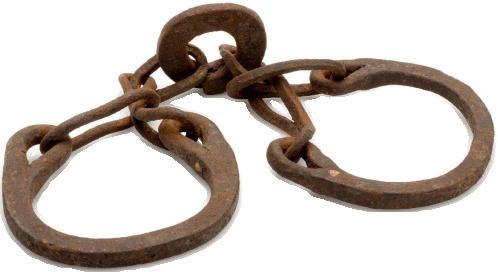 | ||
Slavery in the Byzantine Empire was widespread and common throughout its history. Slavery was already common in Classical Greece and in the earlier Roman Empire. The military campaigns and expansion of the empire in the 10th century resulted in a large numbers of slaves.
Contents
Social life
Slavery was mostly an urban phenomenon with most of the slaves working in households. The "Farmers Law" of the 7th/8th centuries and the 10th century "Book of the Prefect" deals with slavery. Slaves were not allowed to marry until it was legalized by an emperor in 1095. However; they did not gain freedom if they did. The children of slaves remained slaves even if the father was their master. Many of the slaves became drafted in the army.
Eunuchs
Eunuchs were a special group among the slaves. Young boys were castrated before or after puberty and used as eunuchs. Castration was outlawed but the law was poorly enforced. They were imported and exported to the empire by traders. Eunuchs became very popular at some times, could rise to high posts and fetch high prices. In rich Byzantine families they were accepted as part of the household. Eunuchs played an important role in the Byzantine palace and court.
Prices
Slave markets were present in many Byzantine cities and towns. The slave market of Constantinople was found in the valley of the Lamentations. At certain times a 10-year-old child's price was 10 nomismata, a castrated one of the same age was worth 30. An adult male 20 and an adult eunuch 50 nomismata.
